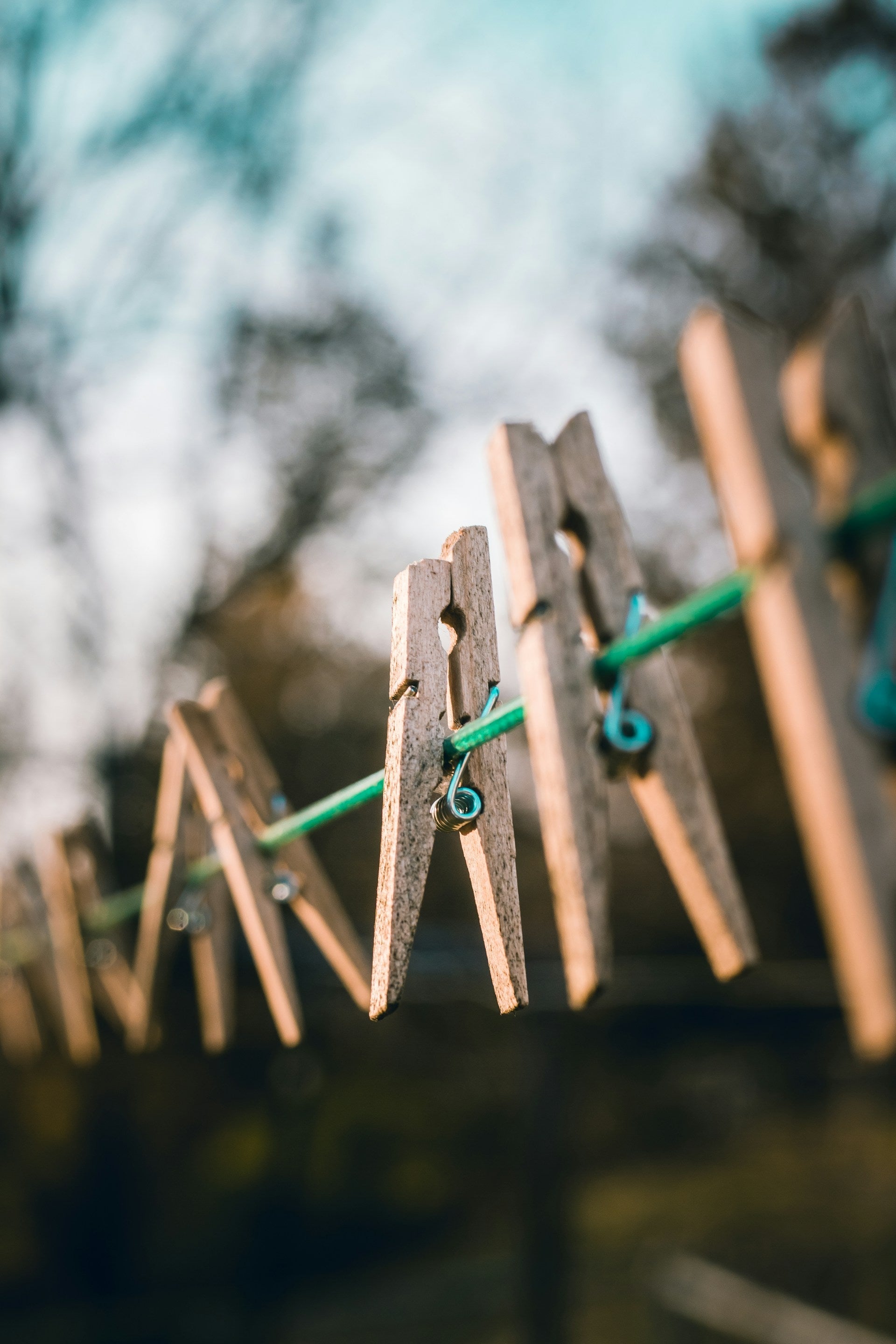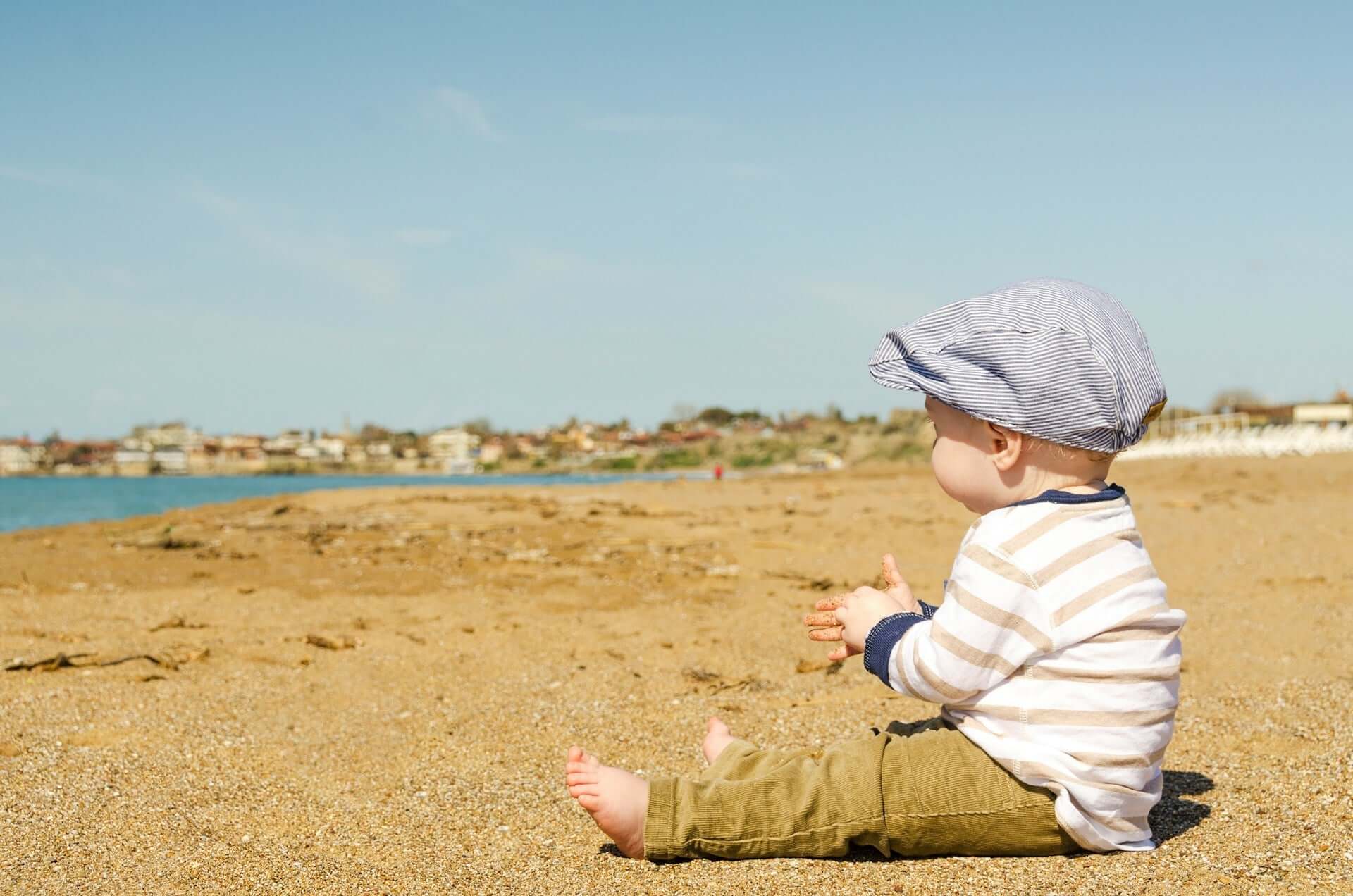
The Ultimate Guide to Cloth Diaper Stripping: Revitalize Your Reusable Diapers
Choosing cloth diapers isn’t just about eco-consciousness or cost-effectiveness - though both are strong incentives. It’s about opting into a system that, like any good investment, thrives with proper care. Even the most durable, well-designed cloth diapers require maintenance to perform at their best. And that’s where diaper stripping comes into play.
This guide unpacks what diaper stripping is, why it matters, and how to do it right, ensuring your cloth diapers stay as effective as the day you brought them home.
Understanding Diaper Stripping
At its core, diaper stripping is a deep-cleaning process designed to remove stubborn residues that regular washing can't tackle. Over time, even with the most meticulous laundering, cloth diapers accumulate layers of residue from detergents, natural skin oils, diaper creams, hard water minerals, and, of course, urine.
This buildup isn’t just cosmetic; it can cause persistent odors, reduce absorbency, and even contribute to diaper rash. Stripping resets your diapers, stripping away the gunk so the fabric can do its job properly.
Why Stripping Is More Than Just Cleaning
Stripping isn’t about over-cleaning; it’s about restoring. Here’s why it’s essential:
Odor Control: Nothing disrupts the comforting routine of diaper changes like a persistent, sharp ammonia smell. Ammonia, a natural byproduct of urine, can linger even after washing, irritating sensitive skin. Stripping neutralizes these residues, eliminating odors at their source.
Absorbency Revival: Residue buildup forms an invisible barrier, preventing the fabric from absorbing moisture effectively. Stripping removes this barrier, restoring the diaper’s original thirstiness, which is critical for leak prevention.
Skin Health: Residual buildup can create a breeding ground for bacteria, leading to diaper rash. By thoroughly removing these irritants, stripping helps maintain a healthy, rash-free environment for your baby.
When to Strip Your Cloth Diapers
Recognizing the signs that your diapers need stripping can save you time and frustration. Key indicators include:
- Persistent Odors: If clean diapers still smell funky, even right after washing, it’s time to strip.
- Decreased Absorbency: Frequent leaks or diapers feeling wet on the outside faster than usual signal buildup.
- Frequent Diaper Rashes: Unexplained rashes, especially if you haven’t changed detergents or introduced new foods, might point to diaper residue issues.
Tackling Common Cloth Diaper Challenges
Detergent Buildup: Ironically, using too much detergent can lead to buildup, as excess soap doesn’t fully rinse out. Stripping cuts through these layers, leaving fabric clean and breathable.
Hard Water Complications: Hard water minerals bind to fabrics, making diapers feel stiff and reducing absorbency. If you have hard water, regular stripping combined with water softeners can keep this issue in check.
Diaper Cream Residues: Petroleum-based creams create greasy films that resist regular washing. Stripping helps break down these residues, but using cloth-safe creams can prevent the problem from recurring.
Stain Management: While not the primary purpose, stripping can help lighten stubborn stains by lifting embedded particles trapped within the fabric fibers.
The Step-by-Step Guide to Stripping Cloth Diapers
- Initial Rinse: Start with a cold rinse to remove any surface residues, urine, or solids.
- Soak: Fill your washer with hot water and add a stripping agent - either a commercial product or a DIY mix of washing soda, borax, and a small amount of detergent. Let the diapers soak for 4-6 hours.
- Deep Wash: Run a heavy-duty wash cycle with hot water and a minimal amount of detergent to flush out loosened residues.
- Multiple Rinses: Rinse, rinse, and rinse again until no suds remain. Residual soap can cause the same issues you’re trying to prevent.
- Drying: Dry the diapers according to the manufacturer's instructions. Sun-drying can naturally bleach stains and is gentler on fabrics.
Best Practices for Long-Term Maintenance
Know Your Water: Hard water requires different care than soft water. Test your water hardness and adjust your routine accordingly.
Use the Right Detergent: Opt for detergents free of fabric softeners, optical brighteners, and additives that can cause buildup.
Strip Strategically: Stripping isn't a weekly chore. Depending on your water quality and detergent, every few months should suffice - or when signs of buildup appear.
Follow Manufacturer Guidelines: Cloth diapers vary in material and construction. Always check care instructions to avoid damage during the stripping process. For ours at Bayrli, everything is clearly printed on the label.
Wrapping it Up
Stripping cloth diapers isn’t about obsessing over cleanliness; it’s about preservation. It’s a reset button, a way to ensure that your investment in cloth diapers continues to pay off in comfort, absorbency, and eco-friendliness.
Regular maintenance, informed by an understanding of your water, detergent, and usage habits, can keep your diapers performing their best. Embrace stripping as part of your cloth diapering journey; it’s a small task with significant rewards for both your baby and the planet.

